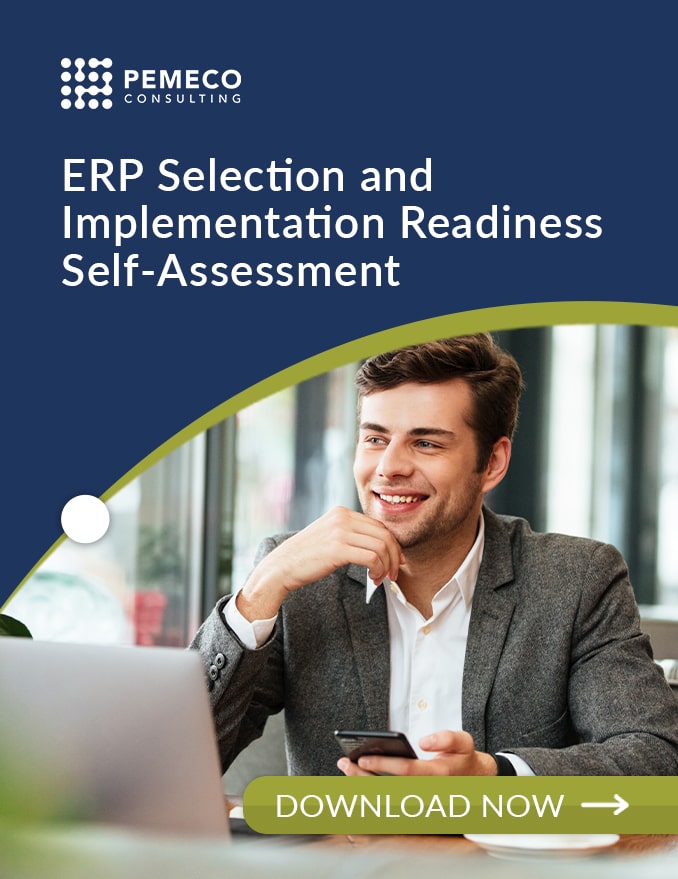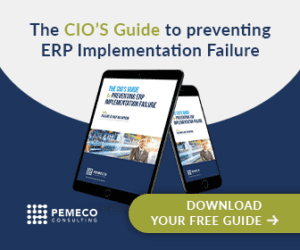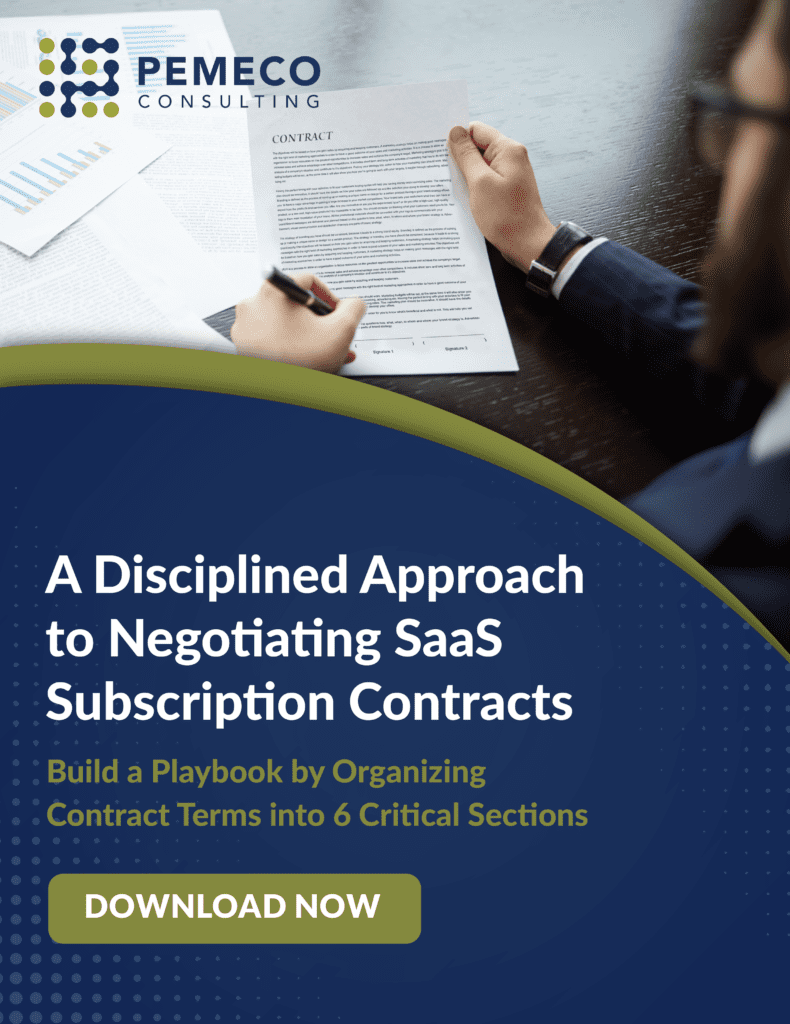In its May, 2008 10-Q quarterly filings, Levi-Strauss blamed a $47 million year-over-year profit drop on a failed SAP ERP implementation. It stated that a poor implementation effort crimped revenues (it wasn’t able to fulfill customer orders and had to suspend shipments) and costs (it incurred higher operating costs to process transactions as well as higher implementation costs to rescue the ERP project).
Although Levi-Strauss’ ERP failure seems extreme, it’s not. The authors of the HBR article – Bent Flyvbjerg and Alexander Budzier – examined a very large sample of nearly 1,500 IT projects. A full 17% of those projects – or one out of every six – was a catastrophic failure. And, the average cost of a black swan projects (the term used to describe a significant project failure) was a whopping $167 million. The average schedule overrun was 70%.
The authors give the following useful advice on how to avoid IT black swans:
“[IT managers] break big projects down into ones of limited size, complexity, and duration; recognize and make contingency plans to deal with unavoidable risks; and avial themselves of the best possible forecasting techniques”
This advice is good, and it’s worth building on. To do so, I’ll draw on our firm’s unmatched track-record of successful ERP projects. In our 40-year history, we have managed more than 700 major IT implementations (and countless smaller projects) with a 100% project success rate.
Key Driver #1: Get ERP Selection Right
Every successful ERP project starts with selection. If the wrong software, implementer or service provider is selected, the project won’t succeed.
It’s critical that companies first understand their specific strategic and operational requirements before going to market. Only then will they be in a position to effectively evaluate vendors and systems, and take the guesswork out of ERP selection.
Key Driver #2: Incentivize ERP Implementation Success
Failure to align interests towards success leaves a big door open for ERP project failure.
When it comes time to incentivizing third-party suppliers and services providers, look no further than the ERP contracts. Few things have the power to incentivize more strongly than money and legal obligations. You should try to structure contracts in ways that force the third-parties to put their own skin-in-the-game. For example, when payment obligations are tied to specific project deliverables, third-party implementers are driven to meet those targets, and are driven away from costly scope creep.
Key Driver #3: Manage Organizational Change… Properly
Change has to be managed effectively from the top-floor to the shop-floor. If it isn’t, resistance to change could potentially topedo the project.
As with all elements of an ERP project, organizational change should be tracked and managed methodically. To learn about the approach we use, read our tip on developing an organizational change management plan.
Key Driver #4: Manage Risk, Day-In and Day-Out
Although the HBR article touches on risk management, it’s worth expanding upon. The failure to effectively track and manage risk is a key project killer.
To be effective, risk management needs to be deeply embedded into the project. Risks, gaps, priorities, issues, resolution statuses and schedules (among other things) need to be reviewed, updated and managed with an almost religious fervor.
To learn more about effective risk management practices, you can read our tip on developing an actionable risk management plan here.
Key Driver #5: Migrate Clean and Accurate Data
What happens if data isn’t correctly migrated? Well, it can cause systems to crash and can prevent them from processing transactions. That’s what happened to Canadian airline Westjet when it failed to properly migrate 840,000 customer transactions. Oh, and it took Westjet six months to recover from the damage.
Data needs to be migrated methodically, at appropriate times throughout the implementation project. Migration involves data location, cleansing and conversion. I break down the key data migration concepts in this post, and the four elements of an effective data migration plan in this post.
Key Driver #6: Test, Test and Test Again
When your company flips the switch at the end of its implementation project, it needs to know that it’ll be able to process transactions and generate accurate financial reports.
When Hershey’s flipped the switch on its ERP system, it was unable to ship $100 million of orders during the Halloween season. One reason for Hershey’s failure is that it hadn’t done sufficient ERP system testing.
We advocate fulsome, incremental testing in three phases: the conference room pilot, the departmental pilot and the integrated pilot. Our clients don’t skimp on testing, and your company shouldn’t either. The benefits of expediency and (seemingly) lower implementation costs simply aren’t worth the risks.
Your POV (post comments below)
- What are your tips to avoiding ERP black swans?
Want to avoid ERP implementation failure?
Download The CIO’s Guide to Preventing ERP Implementation Failure.







